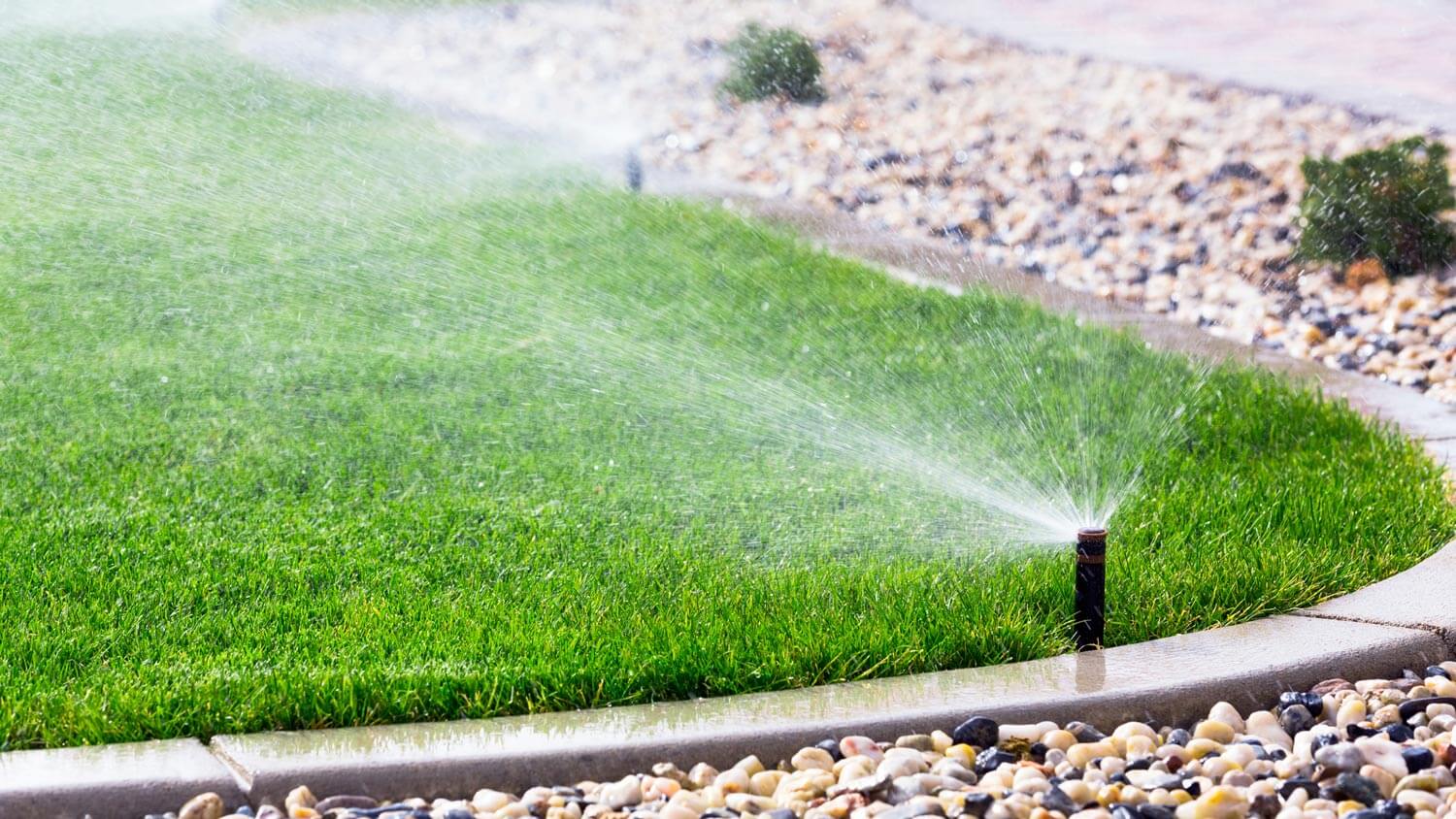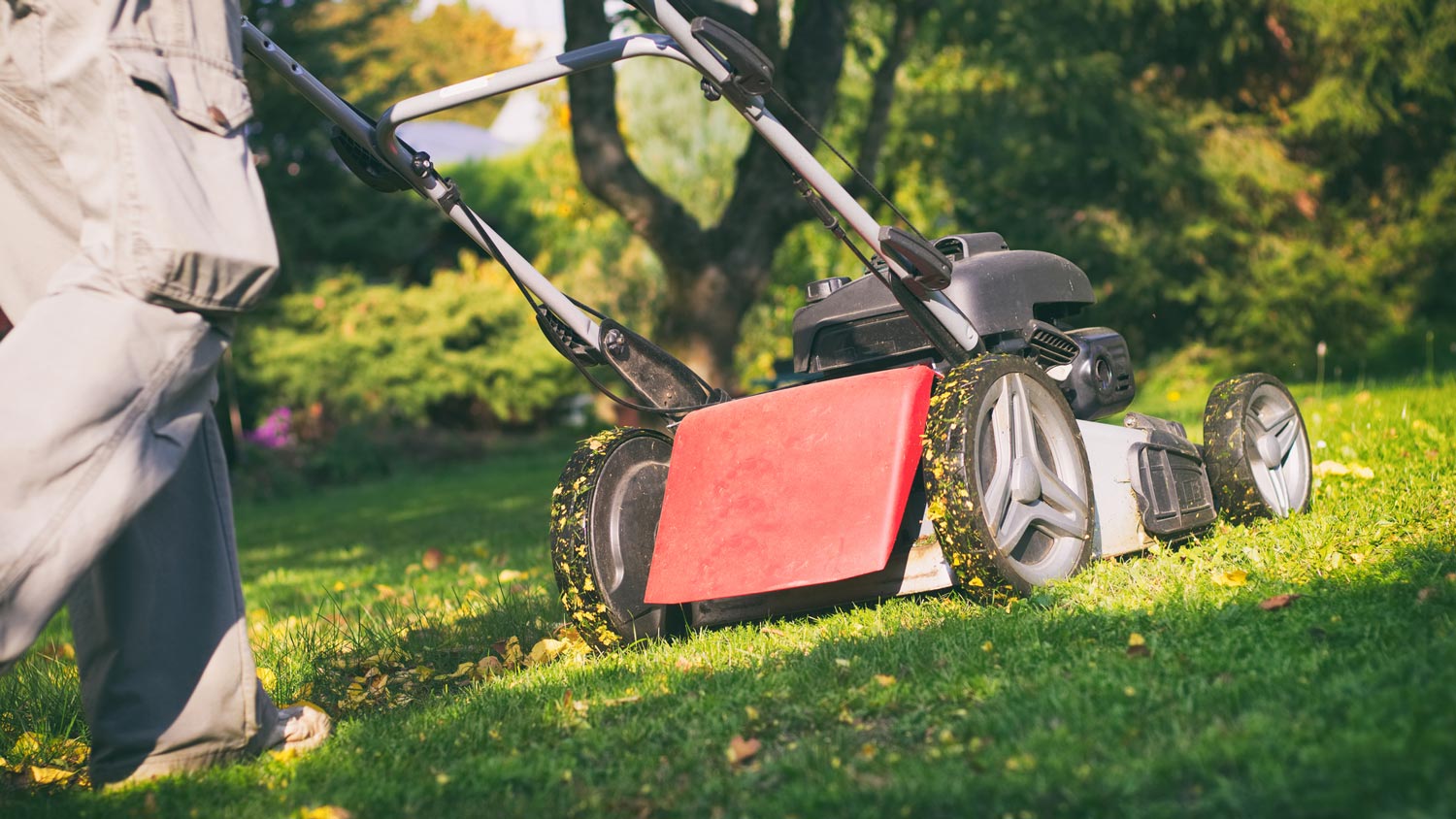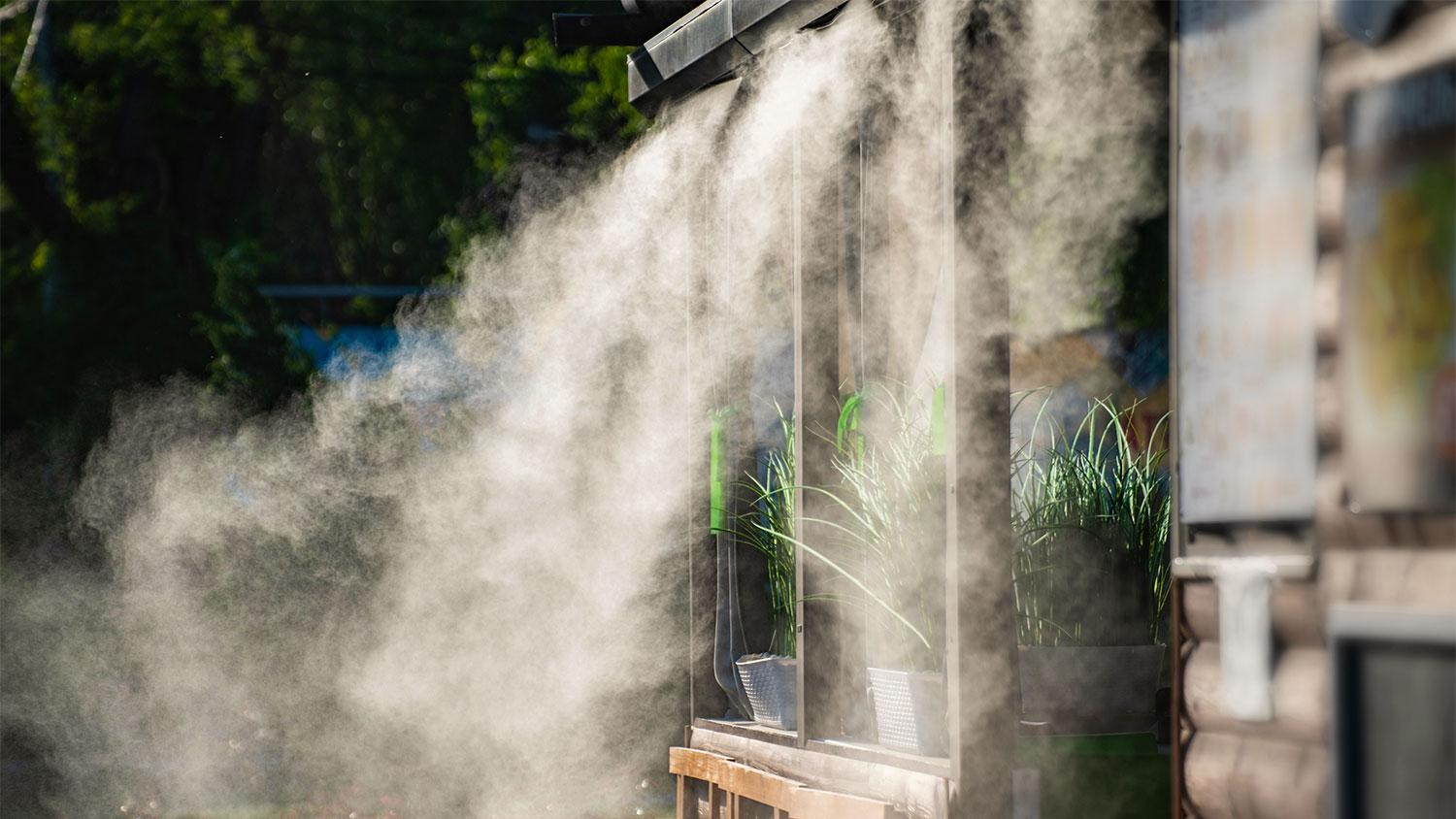
Discover the average outdoor misting system cost, key price factors, and ways to save. Get transparent, expert-backed estimates for your installation.
Come fall, you’ll be thankful for your healthy lawn after following this advice


Dry, drought-ridden summers are becoming the norm in many regions, and those high temperatures without rainfall can cause permanent damage to even the healthiest lawns. By being proactive, you can conserve water and help your lawn stay alive and recover. Just follow these tips on how to save your lawn during a drought, and your landscape will be able to bounce back when the rain returns.
Various parts of your landscape may require different amounts of water. If you have newer vegetation, help trees survive the drought by first focusing on irrigating those lawn sections. Your veggie garden is another top priority if you plan to harvest spinach, peppers, and tomatoes all summer long. Although it’s hard not to water grass when you see it drying out, it’s important to remember that your lawn will actually go dormant and can survive this way for a couple weeks between waterings.
Rather than giving your plants a little bit of water daily during a drought, plan to water them heavily but less frequently. Grasses will go dormant during a drought, and frequent watering can cause them to come out of dormancy, which they need for survival. Dormant grass may look wilted and brown, but this stage helps protect the grass long-term. Plan to give your turf about 1/2-inch of water every two weeks, which will keep the grass alive until the rain comes.

Strategic watering can make all the difference in a healthy lawn. If you water the grass all afternoon, the peak heat will cause much of the water to evaporate rather than soak into the soil. Instead, set your alarm and plan to water the grass between 5 a.m. and 10 a.m. before temperatures get too high. Watering at these times is the most efficient and reduces evaporation.
It’s tempting to want to fertilize the lawn in hopes of keeping grass green during a drought. But fertilizers usually contain nitrogen, which, when applied in excess in dry conditions, can burn your lawn. This leaves your lawn with patches of dry, brittle, and brown grass. To fertilize your lawn, it’s best to wait until early fall when temperatures begin to cool, and drought conditions are over.
Weeds are more than an eyesore on your lawn. These unwanted plants will also compete with your garden and grass for resources, including water. To ensure that the limited amount of water you have is going to your lawn and plants, it’s important to pull up weeds when you spot them. Consider using mulch, too, to help stifle weed growth and keep soil moist.
Taller grass will help keep soil moist by shading it and slowing evaporation. This, in turn, helps prevent your grass from drying out and turning brown. You don’t need to let your grass grow to unruly heights, unless you want to. Instead, only cut the top 1/3 of the grass height when mowing, leaving about 2.5 to 4 inches of grass.

Just as you should never chop produce with dull kitchen knives, you should only mow with sharp mower blades. Dull blades don’t cut the grass as cleanly, and the grass then needs about 50% more water to recover. Sharpen the blades of your lawn equipment every six months for best results.
If you use sprinklers or other automated irrigation systems, make sure they spray water directly onto the grass and plants. If the water is spraying onto sidewalks or the driveway, you’re wasting precious water and money.
While walking through soft grass in the summer may feel nice on bare feet, increased foot traffic stresses the grass. This makes it even harder for the grass to recover during a drought as it tries to survive on limited water. Take your games to the paved driveway or the park until the rain finally comes.
From average costs to expert advice, get all the answers you need to get your job done.

Discover the average outdoor misting system cost, key price factors, and ways to save. Get transparent, expert-backed estimates for your installation.

Find out the average sprinkler system repair cost, what impacts pricing, and how to save. Get transparent estimates to plan your sprinkler repair project.

Discover the cost to winterize a sprinkler system, including average prices, key cost factors, and tips to save. Learn what impacts your estimate and how to budget.

How deep are sprinkler lines buried? Probably not as deep as you think! Learn more about sprinkler line depth and how to stay safe while digging.

Get expert insights on outdoor misting system repair costs, including average prices, key cost factors, and tips to save money on your next repair.

Drip irrigation vs. soaker hose: Which should a gardener choose? Here’s how to tell which of these watering options will work best for your landscaping needs.